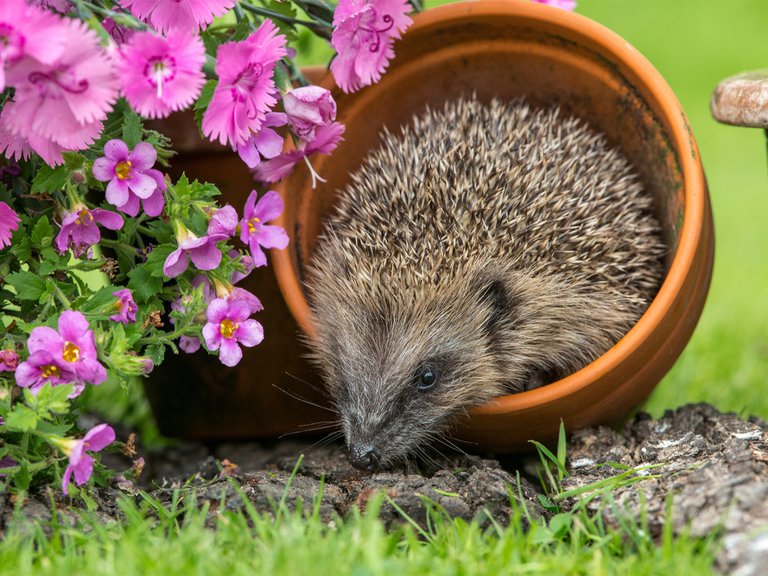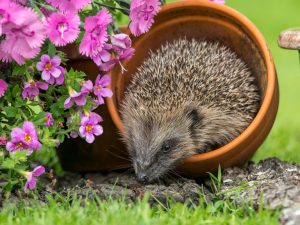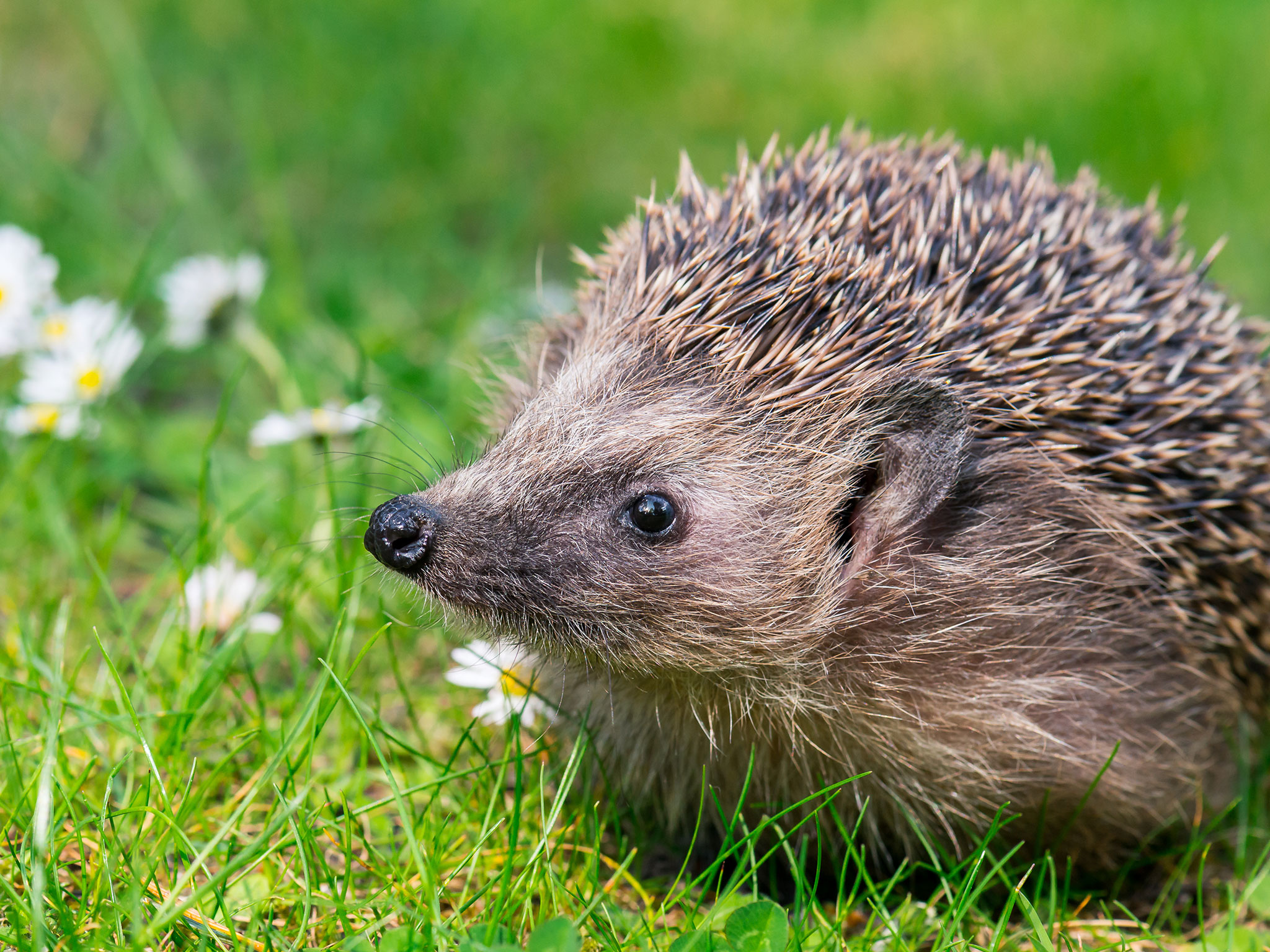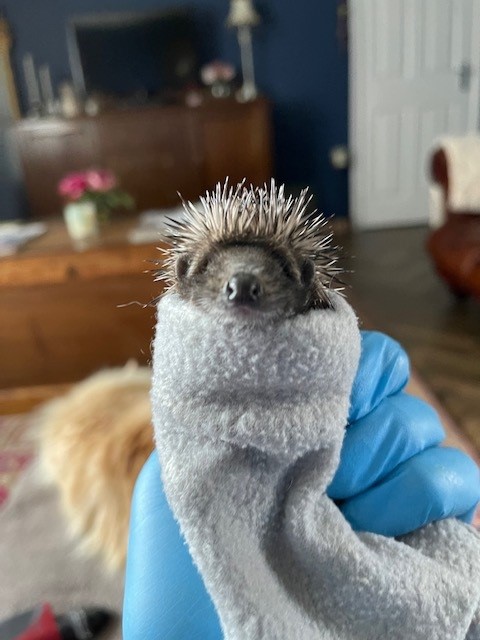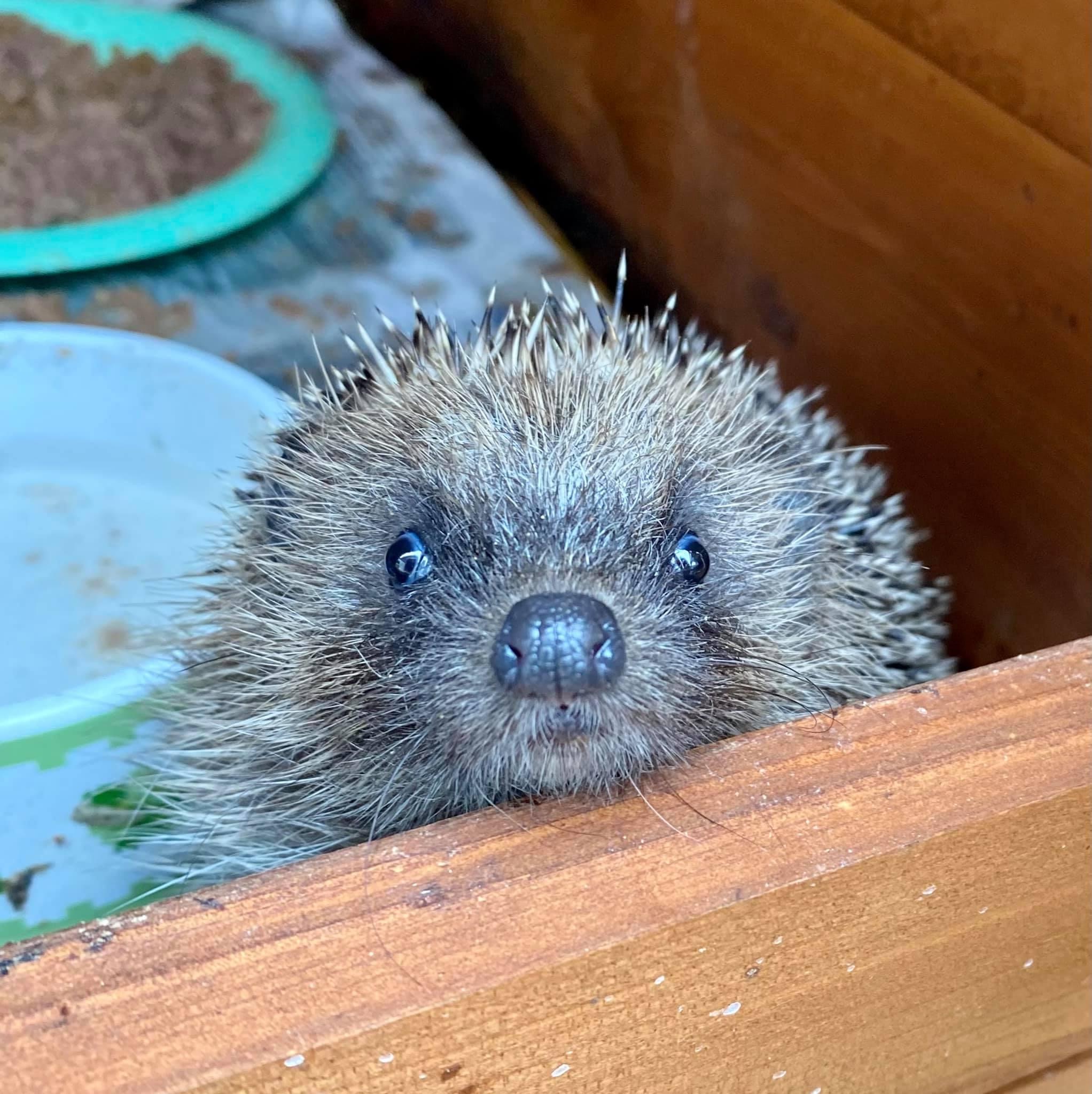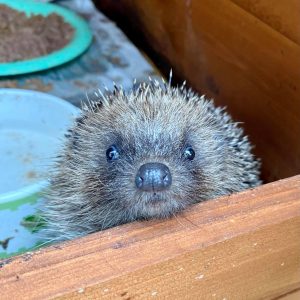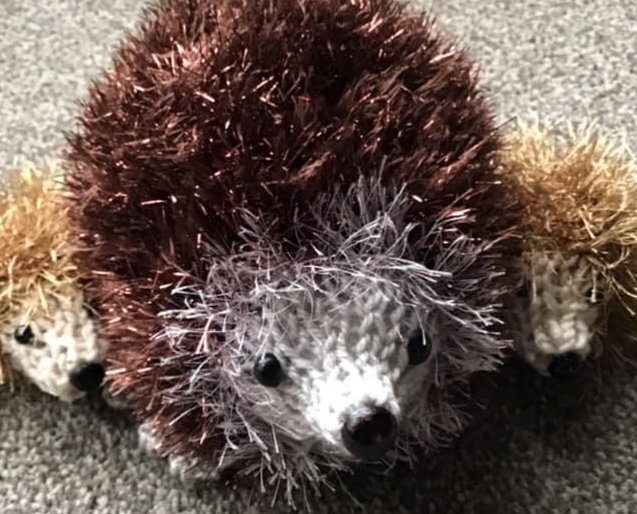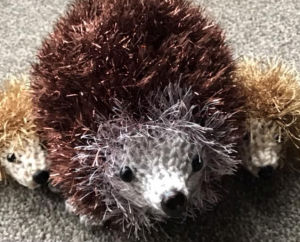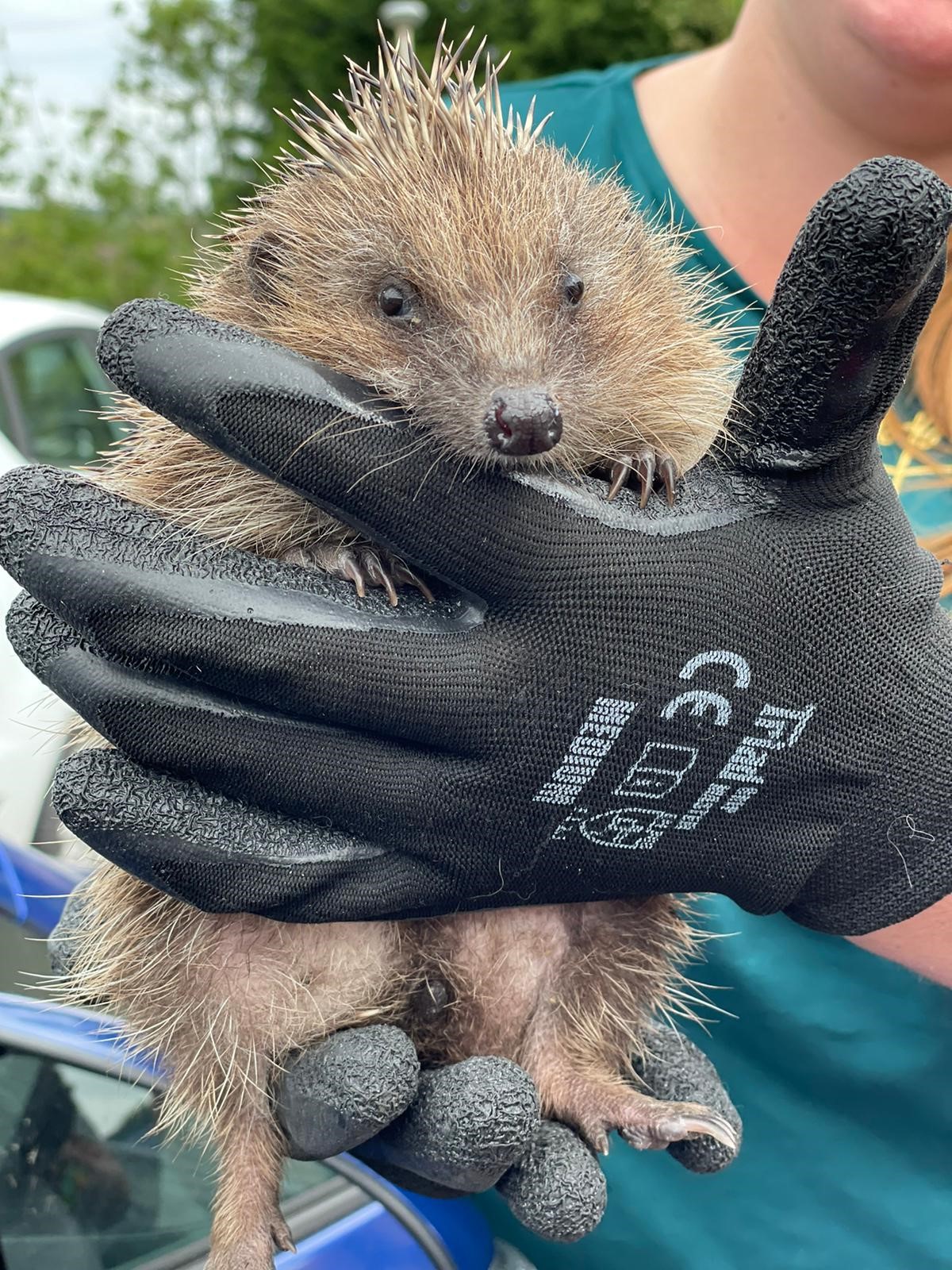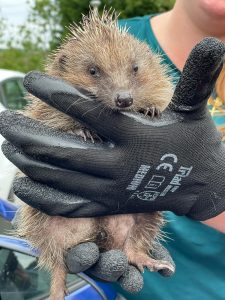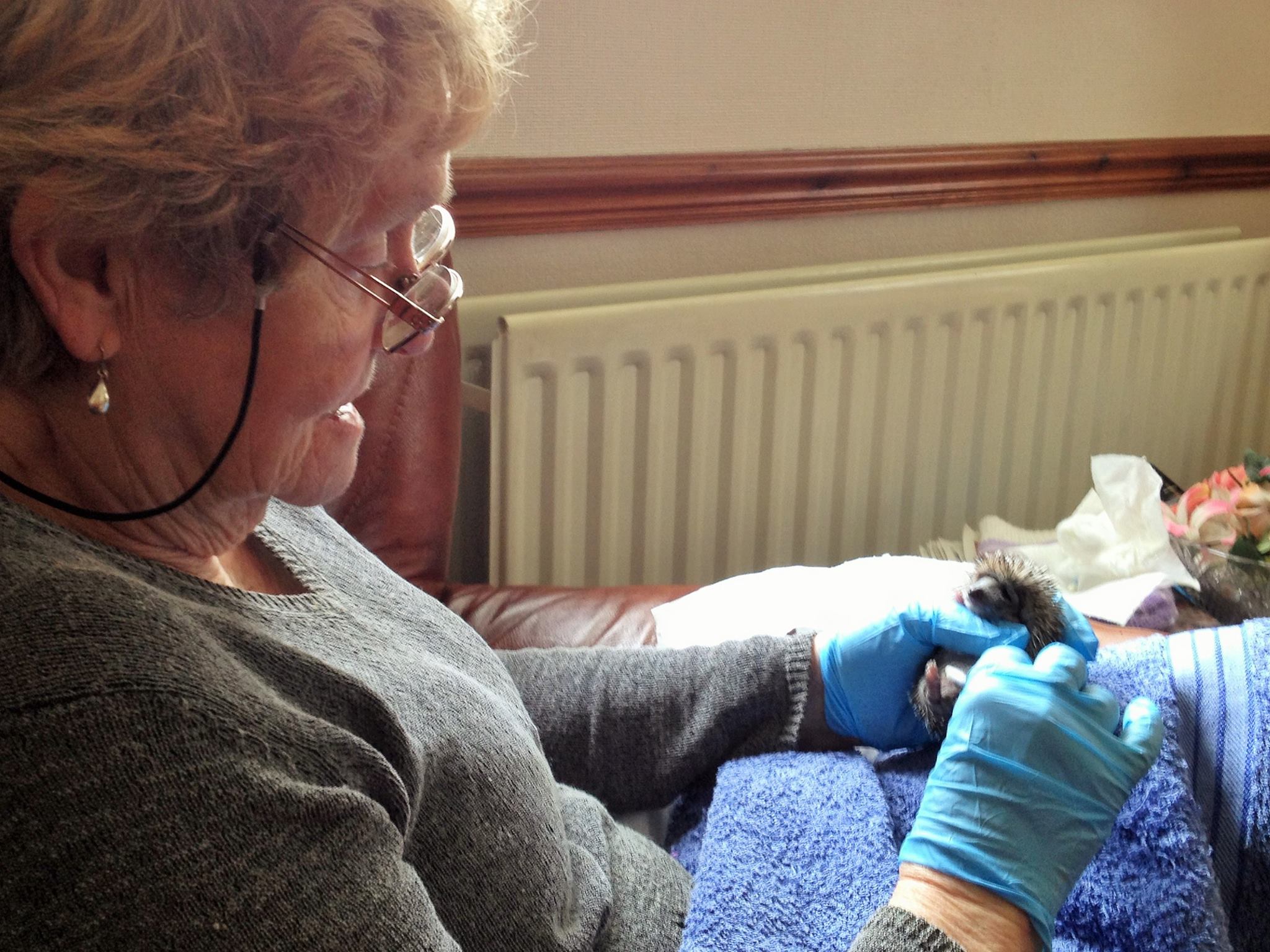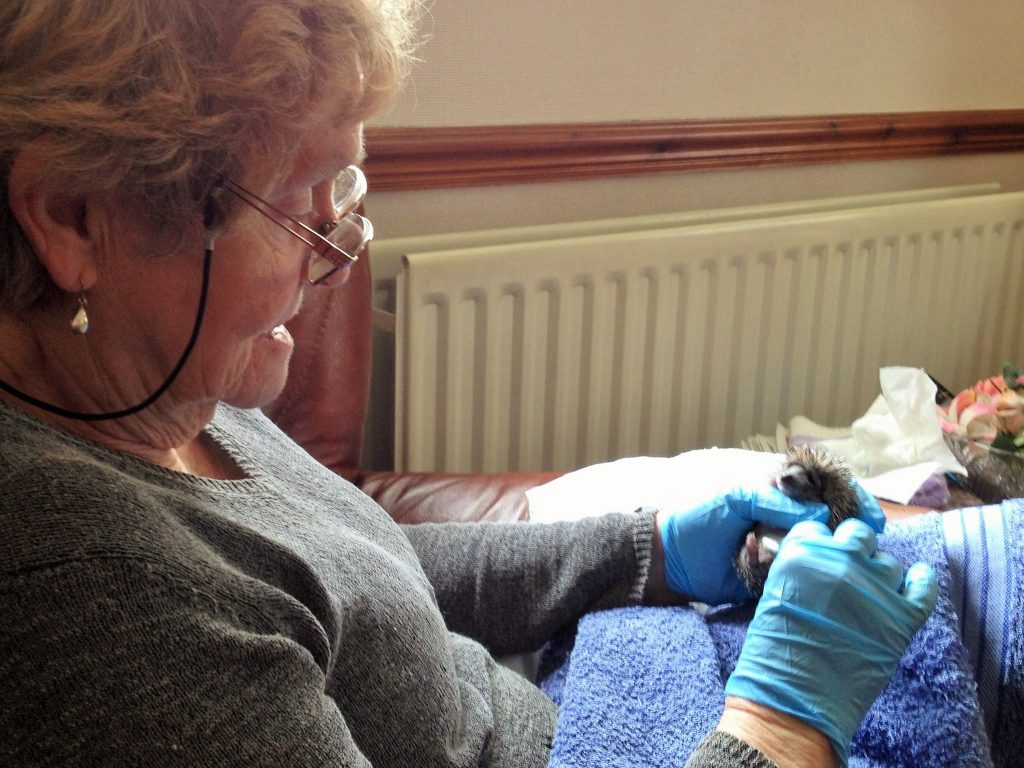
It’s coming to the time of year where our spiky little friends are on the move and it’s up to you to get your friends and family involved to help hedgehogs in your local community. Coming out of hibernation and clocking a distance of 1-2km per night, it’s important to be mindful of how you can support them on their way. So how can you get involved? We’ve compiled a list of the best ways you can support a happier, safer spiky community.
Spike Their Attention
Being able to spread the word to both your inner circle and to your local community will help to get everyone on the same page about hedgehog awareness in the coming months. There are plenty of options you can use to get the word around, such as a social media post or video, posters in your local community on notice boards, bus stops or similar, and even holding a small talk with volunteers to build a team that’s ready for the challenge!
Helpings Hogs On and Offline
Being able to support hedgehogs goes a long way for keeping their endangered species in our community, and you’d be surprised just how easy it is to get involved to spread awareness and raise funds. We’ve compiled a list of key activities you can get onboard with to help our little hogs below.
- Create a Social Media Page
There’s nothing better than being able to get something for free is there? Why not spike your audience’s attention by creating something as simple as a facebook page or an instagram account that’s focused on spreading awareness in and around your local community for hedgehogs. Posts could include important dates to remember when you’re doing local fundraisers to support the cause, fun facts about hedgehogs and simple pointers to educate your followers on exactly how to get involved this year.
If you need some inspiration from some excellent pages already out there, check out the British Hedgehog Preservation Society, Amazing Grace and more for great ways on how to approach this prickly topic!
2. Bring Your Community Together
Everyone in and around your local area is more than capable of supporting this brilliant cause, perhaps they’re just a bit on hedge about how they can get involved! Speak closely with your friends and family on exactly why you’re getting stuck in, and the more minds you have involved, the less you have to worry about hedging your bets on the perfect plan.
First things first, what’s one thing we love almost as much as we love our little hogs? Cake!
Nothing gets the local area out more than a good bake sale, and you’ll be surprised just how much this will help support your cause. Maybe a local fundraiser car wash? A book sale? There are plenty of options to create a special incentive for a brilliant initiative, it really does change it from a spiky conversation to a ball of happiness for both helpers and hedgehogs.
3. Be Cool, Be Hedgy
Hosting a talk in the local community will be a great place to start when putting across your motive for the cause. First things first, educate your audience the basics that they’ll need to know about hedgehogs – what time of year do they typically come out of hibernation? How can they move through your garden safely? How can you help feed Hedgehogs and what food is best to give them? Get them started on the right track here and get your spiky community rolling!
4. Maintain The Spiky Community
Once you’ve put together your top team of hog experts, created a fundraiser, educated your group and kept our spiky friends both fed and on the move through our gardens safe and sound, you’ve made a special start to saving their community. Now the onus is on you and your community to keep up these standards and be on the lookout for them visiting your gardens soon!
There you have it, you’ve got all the tools you need to get your campaign off the ground to help hedgehogs in your local area and help spike the attention of the community. Keep an eye out for spiky little visitors in your garden soon!


